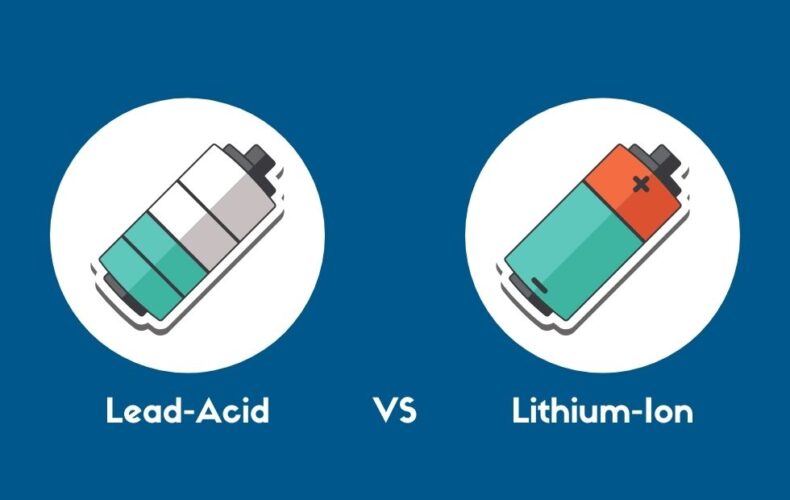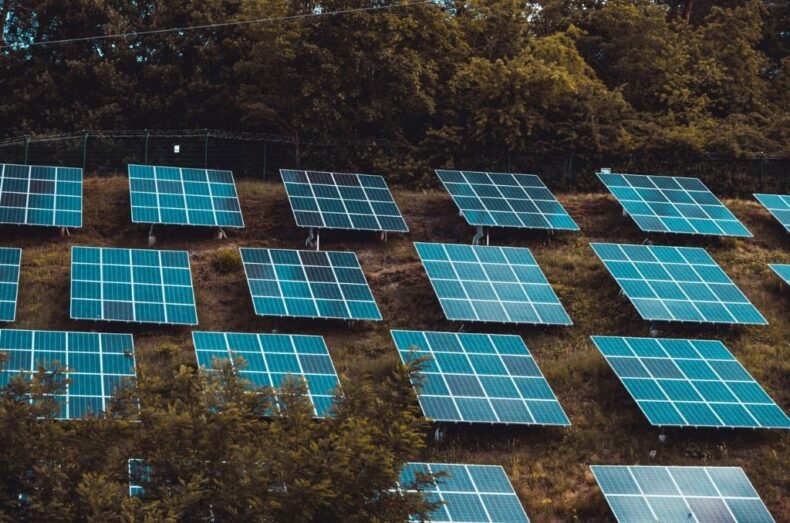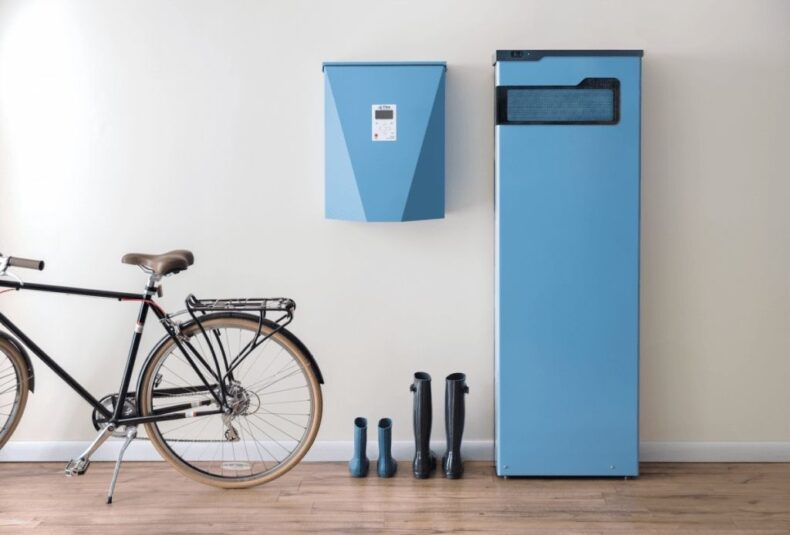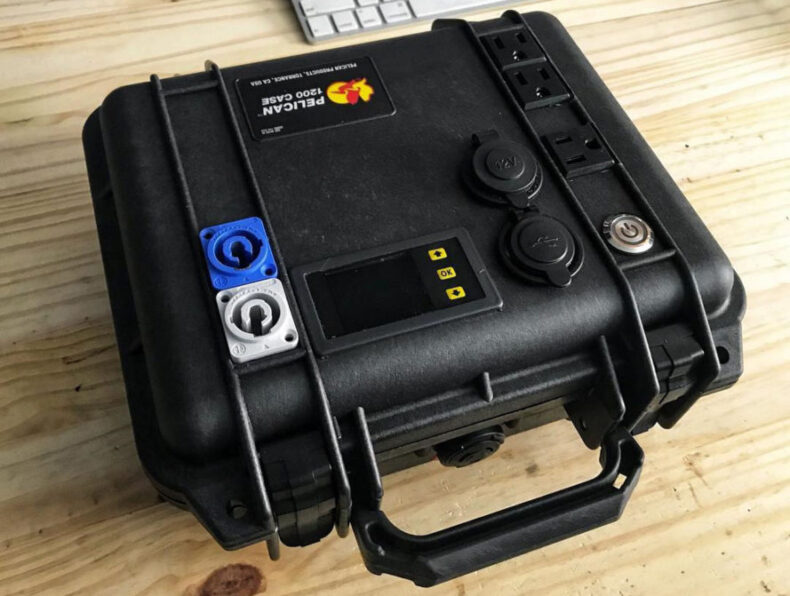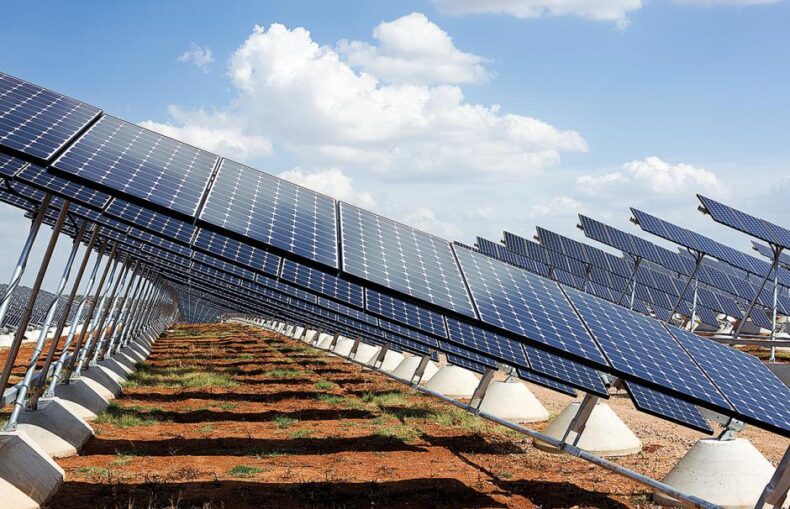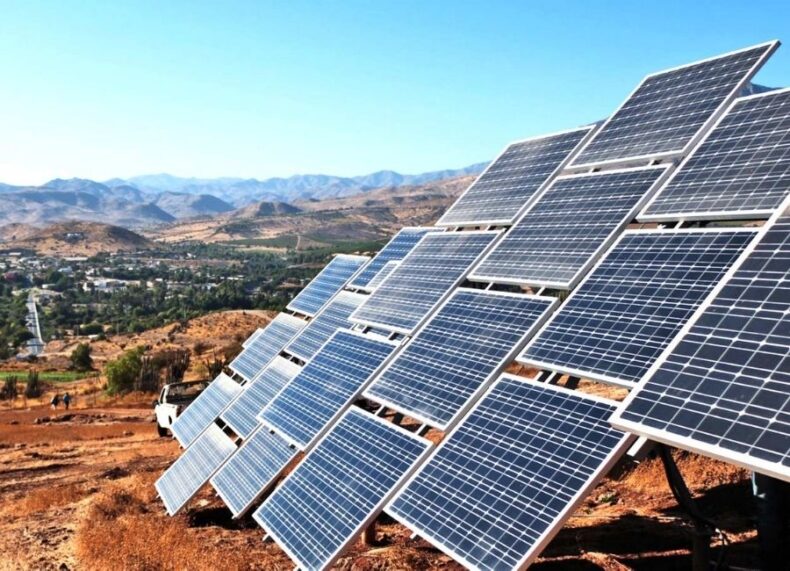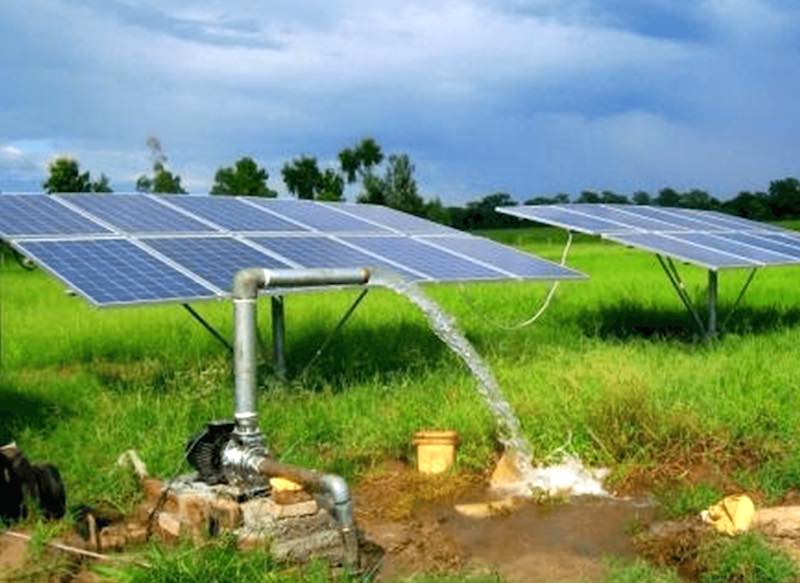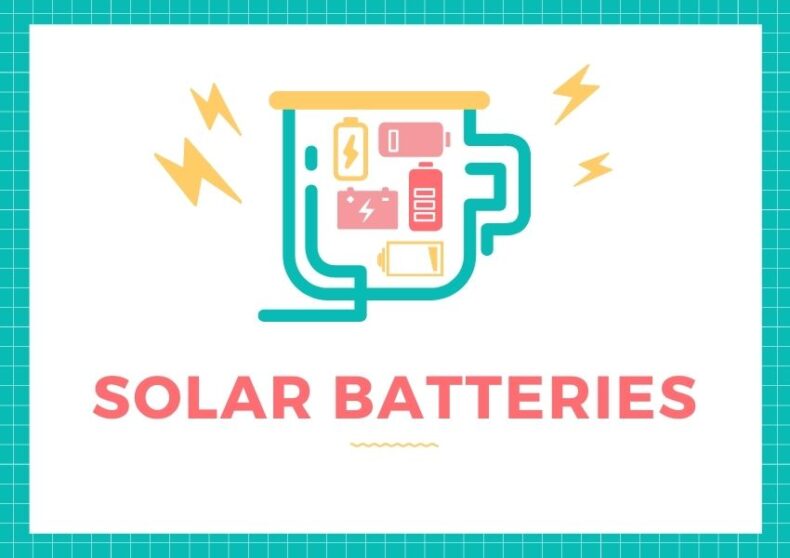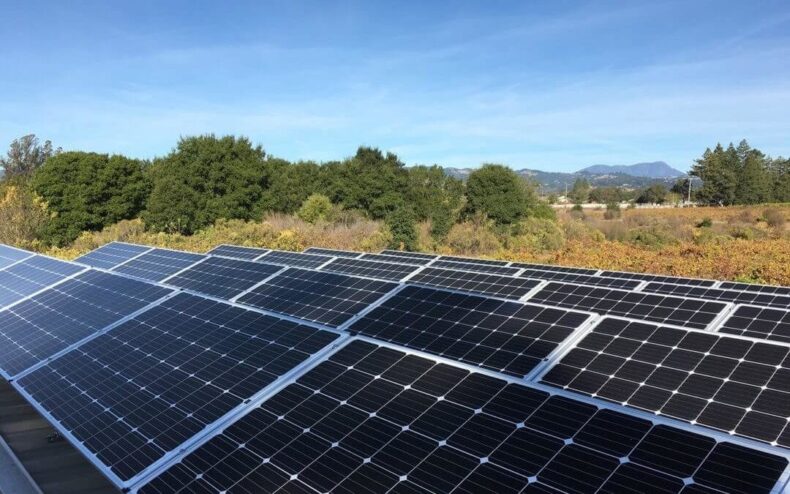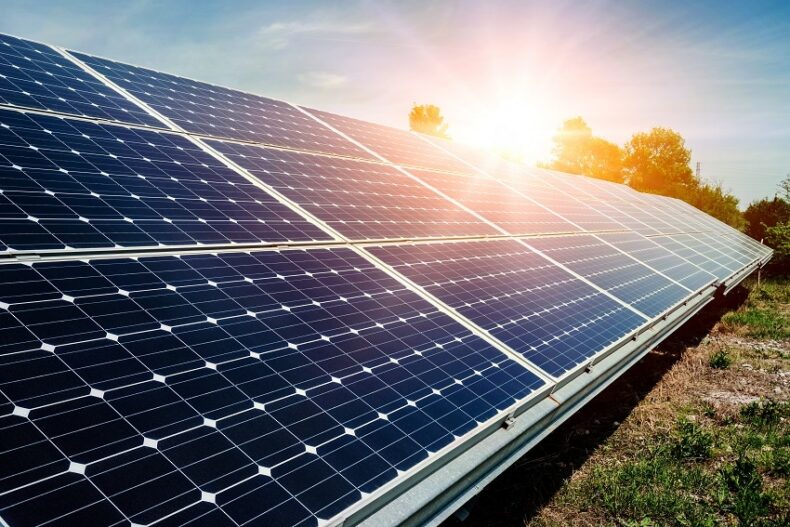Lead-acid vs. lithium-ion (10 key differences)
With the continued development of renewable energies in 2025, battery storage for domestic use is expanding at a rapid rate. Two battery technologies continue to vie for dominance in this arena: lead-acid vs. lithium-ion. These battery chemistries are commonly used for different applications. Lead-acid batteries have been around for over a century and are widely … Read more

